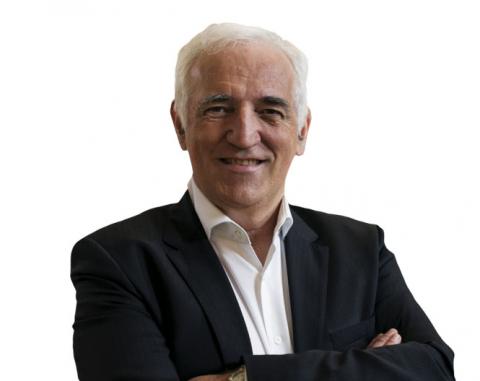On 24 November 1959, the Proton Synchrotron accelerated a beam to its design energy of 24 GeV for the first time, becoming the highest-energy machine in the world. Sixty years on, with the PS an integral part of CERN’s research landscape, it’s hard to imagine just what a huge achievement that was.
Before the PS, the highest-energy machine in Europe was the 600 MeV Synchrocyclotron. In the United States, there were machines of 3 and 6 GeV, but nothing as audacious as the PS and its American twin, the AGS, which started up soon after. These machines were truly the LHCs of their time, and they set the scene for everything that has followed.
Thirty years later it was the turn of the Large Electron–Positron collider (LEP), another scientific giant of its time, to take the stage. LEP’s first beams circulated on 14 July 1989, and it was not long before the LEP experiments were making their mark on the world of particle physics.
Today, the LHC is the latest inheritor of CERN’s tradition of landmark machines, and is soon to be succeeded by the High-Luminosity LHC. The longer-term future is currently being debated in the European Strategy update process, but whatever the future holds, the past can always be a source of inspiration. As we look forward to a bright future, it’s worth taking a trip back in time, not just for the sake of nostalgia, but also for the lessons these pioneering machines can teach us today.
Two separate colloquia are being held, one for the PS on 25 November and the other for LEP on 28 November. Registration is required for both.
For the PS colloquium on 25 November at 2.30 p.m. in the Main Auditorium, register here: https://indico.cern.ch/event/855416/.
For the LEP colloquium on 28 November, register here: https://indico.cern.ch/event/858488/.

